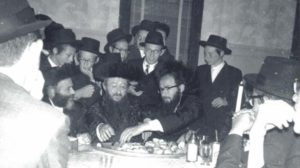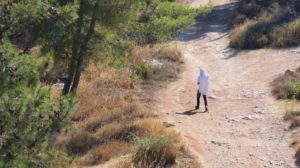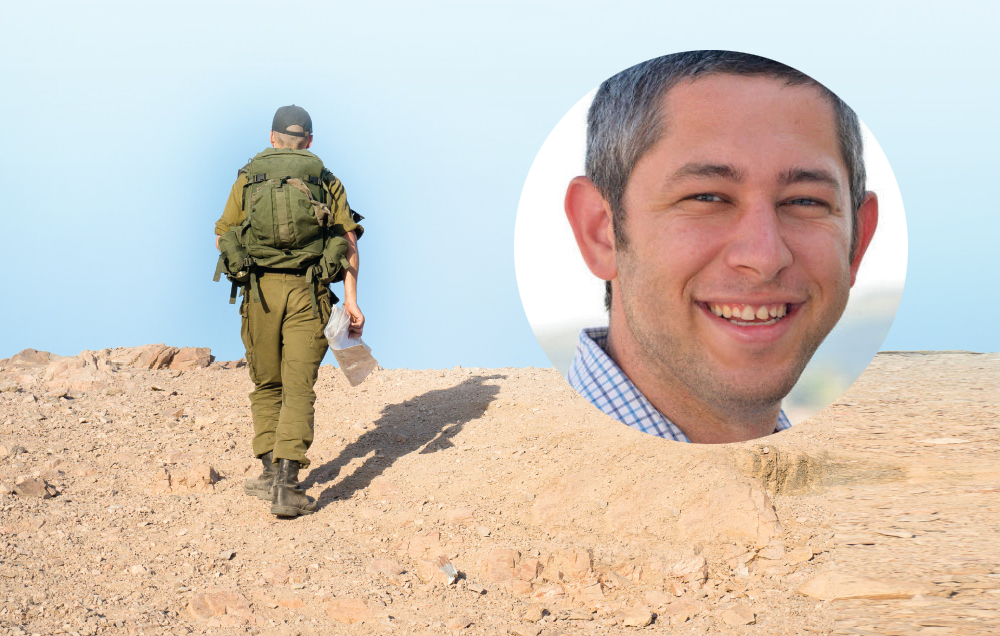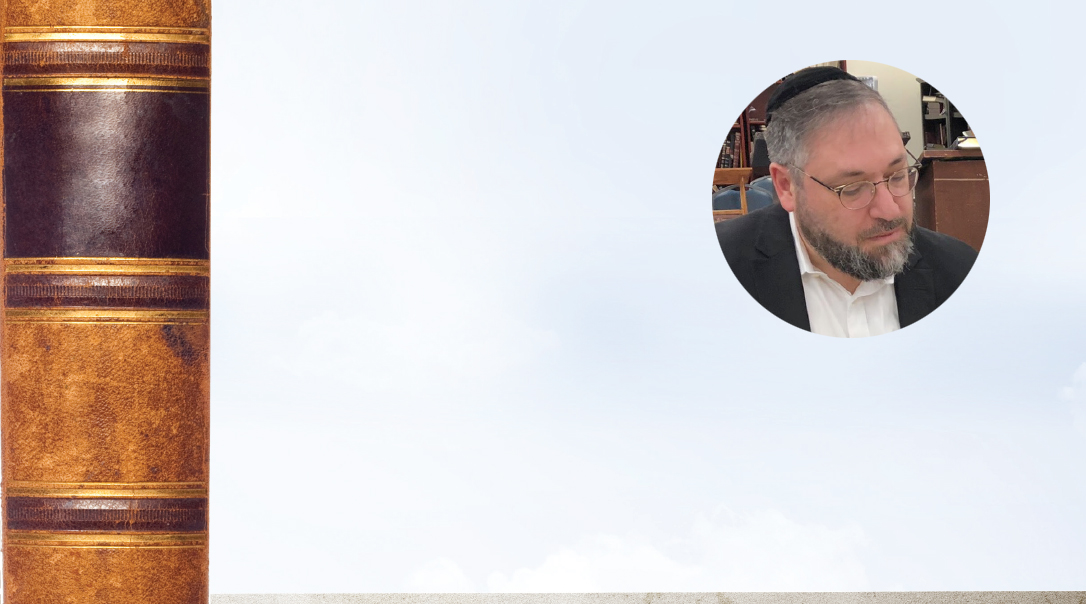Tehillim Yid
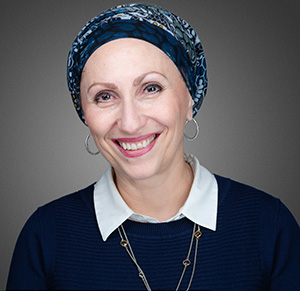
Whether or not we learn daf yomi, we're all climbers, struggling one day at a time to achieve our goals

9/11 wasn’t something far away for me. Living in Brooklyn, we smelled the smoke, gathered charred bits of papers from our front lawns. Mostly we were in shock, peering out our windows every morning to make sure the world was still there.
Shortly afterward, I began seeing calls by rabbanim to recite a certain five chapters of Tehillim every day. I’d never been much of a Tehillim person. I could read Hebrew, but my comprehension was spotty; I was a BT who’d gotten married and had a bunch of kids quickly, hence had to pick up a lot on the fly. (I’d had this idea I’d learn along with my children as they went through school, but it vanished in a haze of supper dishes, laundry, and bedtime.)
But in 2001, with my youngest in preschool, five chapters of Tehillim didn’t sound like too much, and it seemed the world really needed prayers. So I started plowing through the chapters every day. One or two were already familiar, which eased things somewhat. I kept at it until all five were familiar.
Then it occurred to me: Why not try to master more Tehillim? I resolved to go through the entire sefer, one Tehillah a day, until I’d gone through all 150. I’d cut myself some slack on the really long ones, break them up over a day or two. How hard could it be?
In the end I found some days easy and others harder, depending on the length of the chapters and my familiarity with what I was reading. I related better to some Tehillim than others. I liked the ones with poetic scenes and positive messages, found it harder to warm up to the ones with gruesome imagery and talk of war and idol worship. There were small moments of delight in discovery, the little epiphanies when I’d realize a line from my everyday tefillos came from the pasuk I’d just read. That helped me solve the mystery of where our prayers come from.
As I advanced in my Tehillim campaign, my davening — especially the more challenging tefillos of the Yamim Noraim — became more fluent. Since I wanted to understand what I was saying, I used an interlinear Tehillim, and in the process greatly expanded my Hebrew vocabulary.
When I finished, I started again. After that I jumped around, reciting mostly Shabbos Tehillim, or my favorites, or whatever the latest Tehillim drive needed me to recite. As the years went by and life threw challenges in our family’s path, my familiarity with Tehillim helped take me through some very tough moments. When a family member’s life hangs in the balance, and you sit paralyzed with fear, Tehillim provides a means to harness your nervous energy, and the words to plead with Hashem.
Am I a better person for my Tehillim project? I’m not sure it helped my middos, except as an exercise in self-discipline. But it made me a smoother, more adept davener with a better understanding of what I’m saying and where it came from. I know some BTs and converts who still recite Tehillim and prayers in English. But the Hebrew is so much more direct, more powerful!
I realize not everyone has the time or patience to grapple with Hebrew, but I’m glad I forced myself to gain familiarity with Dovid Hamelech’s words. They make me feel that much closer to the Source.
(Originally featured in 'One Day Closer', Special Supplement, Chanuka/Siyum HaShas 5780)
Oops! We could not locate your form.

